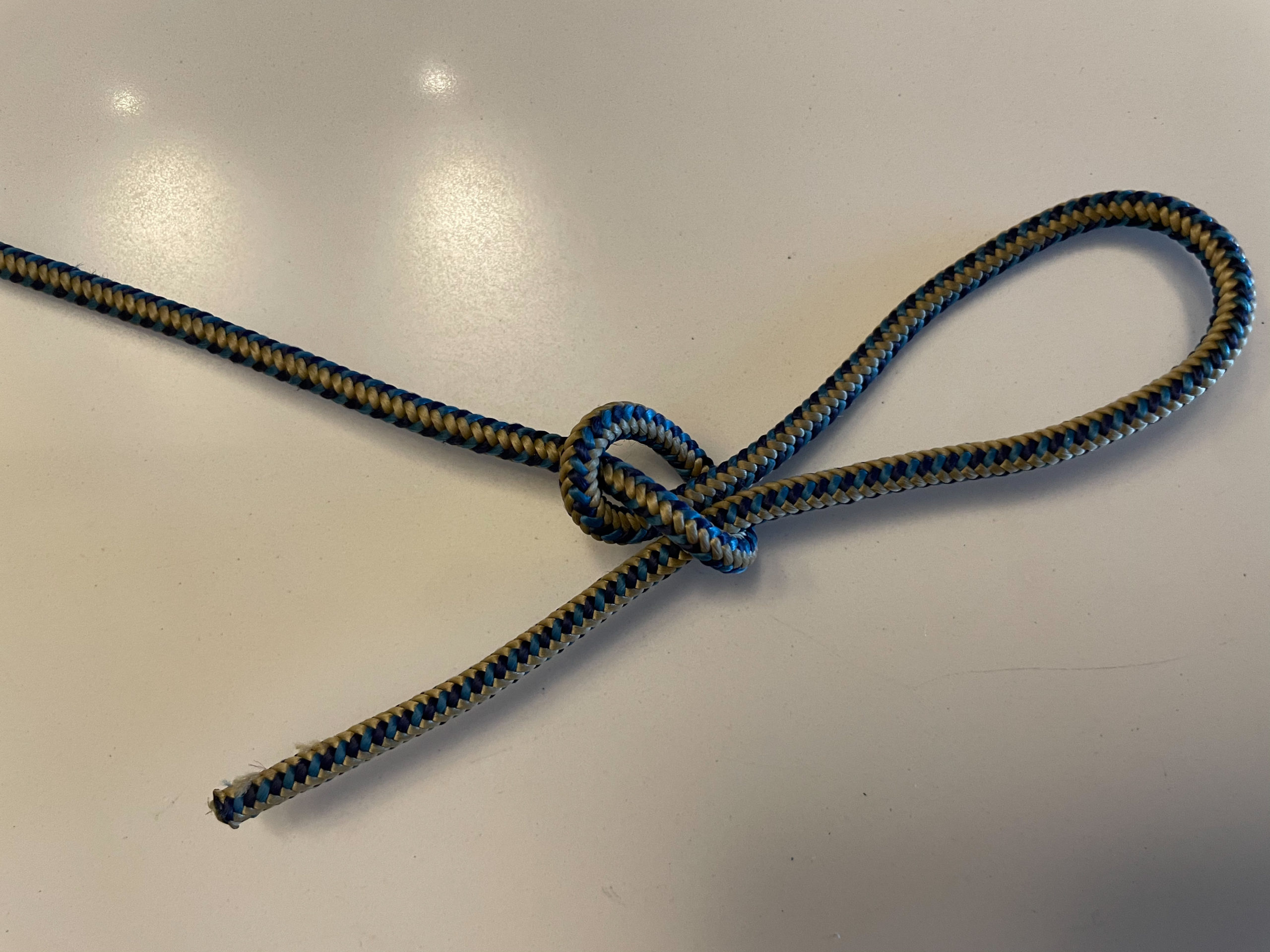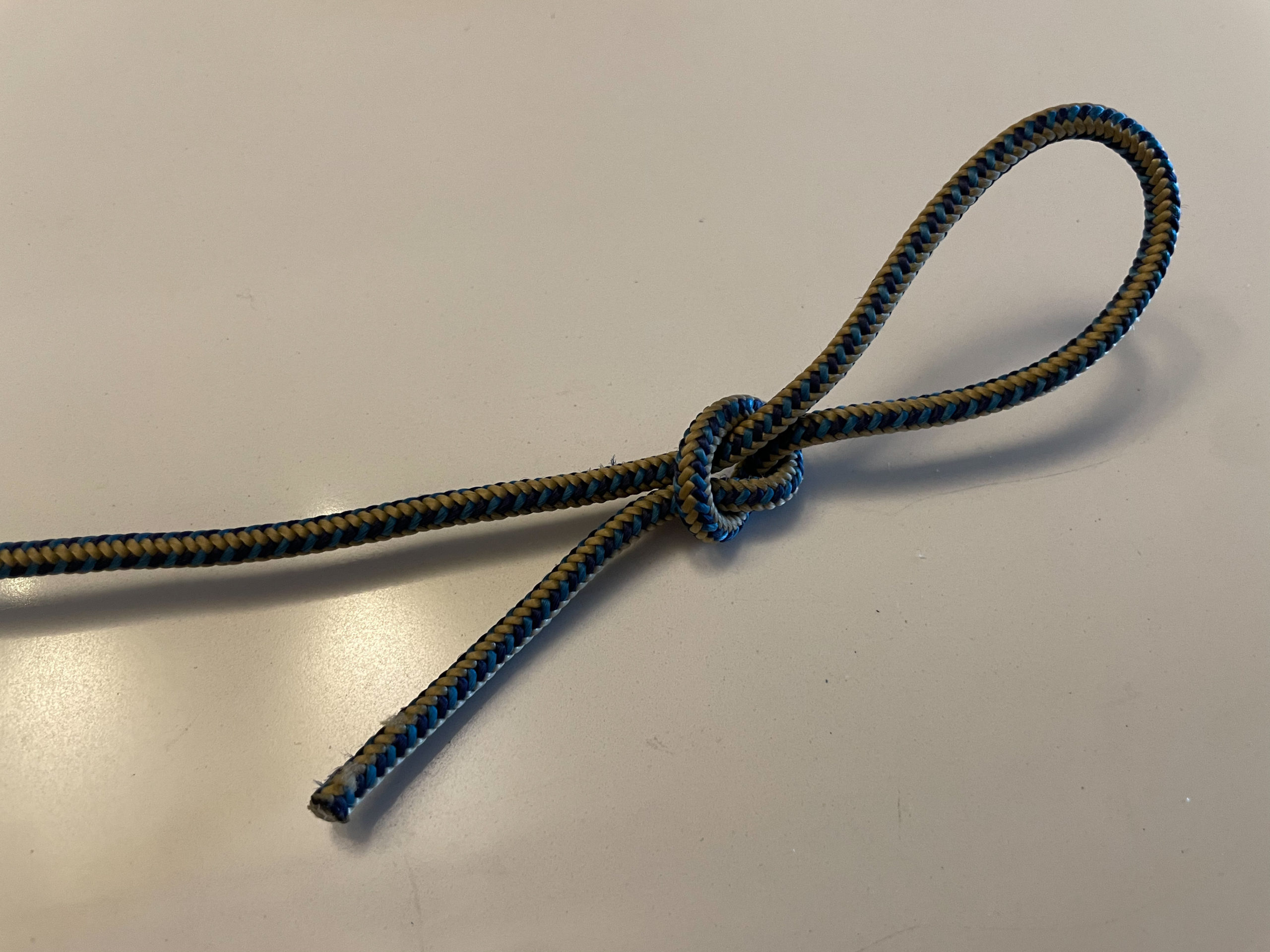Rope and cordage is used ubiquitously for outdoor activities, so knowing how to tie knots to keep things secure is critical.
But, not all rope knots are created equal! Each knot is unique and specifically designed for a unique purpose.
Knowing which rope knots work best for certain applications will mean you can easily and safely secure items and equipment.
Although there are many knots to be made, these are the 6 rope knots to master to be better prepared for any outdoor adventure!
1. Square Knot

The square knot is simple yet effective way to secure rope around an object. For example, it can be used to knot the ends of a rope around a bundle of firewood, or around a rolled-up tarp.
However, a square knot should not be used for tying two ropes together. The knot can “spill” if one end is pulled taught. A “bend” type knot is best for that application.
2. Clove Hitch

The clove hitch is super useful knot if you want to be able to adjust the length of the rope. This is possible because feeding rope for either the load or free end can loosen the knot and allow tightening at a new position.
I typically use a clove hitch knot for tent and tarp guy lines. They can be quickly adjusted to tighten or loosen the ropes.
3. Sheet Bend

The sheet bend is the standard method for joining two ropes together. I typically used a double sheet bend to secure ropes together, especially if they are of different diameter.
For extra security, the free ends of each rope should end up on the same side. In my video, the looping rope (green) loops to end up on the same side as the non-looping rope (blue).
4. Slip Knot

The sheet bend is the standard method for joining two ropes together. I typically used a double sheet bend to secure ropes together, especially if they are of different diameter.
For extra security, the free ends of each rope should end up on the same side. In my video, the looping rope (green) should loop the opposite way to end up on the same side as the non-looping rope (blue).
5. Noose Knot

A noose knot is very useful since the loop tightens under load. I typically use a noose knot for securing one end of rope to a fixed object such as a pole or tree.
6. Bowline Knot

The bowline knot is used to form a loop of fixed size at the end of a rope. Unlike the slip knot or noose knot, a bowline knot does not allow the rope to slip under load.
The bowline is very popular because after being subject to heavy load, the knot is still relatively easy to come undone.
I use a bowline knot if I want to quickly create a fixed loop at the end of a rope. This makes connecting a rope to a carabineer or other ropes so simple.
This article contains affiliate links, which help support this blog at no cost to you!
